This wedding dress worn by Emma Thompson in “Sense and Sensibility” will appear in “Fashionable Romance: Wedding Gowns in Film,” an exhibition of film costumes at Biltmore House in 2016. SENSE AND SENSIBILITY ©1995 Columbia Pictures Industries, Inc. All Rights Reserved. Courtesy of Columbia Pictures.
Save the date! Exhibition of wedding gowns in film coming in February 2016.
Just a couple of days before Valentine’s Day next year, brides from an array of eras will fill the rooms of Biltmore House. Not quite time travel, and no, not 250 brides (that would be one per room, you see), but our guests may feel as if they’ve stepped onto a movie set.
“Fashionable Romance: Wedding Gowns in Film,” an exhibition of wedding attire worn in some of the film industry’s most iconic movies, will grace the rooms of George and Edith Vanderbilt’s house beginning Feb. 12, 2016, for a stay through July 4, 2016.
Biltmore has been a location for weddings and romantic getaways since the Vanderbilts married in 1898. Bringing these gowns to such a romantic place seems like a natural match.
Displayed throughout Biltmore House, the award-winning costumes from span 300 years of wedding fashion from films set in the years 1645 to 1935. The exhibition features 19 classic films, including the iconic Jane Austen romances of “Sense and Sensibility,” “Emma,” and “Pride and Prejudice.”
Elaborate floral arrangements will complement each film’s era and costume. Biltmore’s renowned floral design team is already making plans!
The exhibition will continue in the Legacy building in Antler Hill Village with stories of Vanderbilt and Cecil Family weddings, along with the first-ever display of the wedding veil worn by Mary Lee Ryan Cecil and her cousin Jacqueline Lee Bouvier Kennedy. Mrs. Cecil is married to William A.V. Cecil, grandson of George Vanderbilt.
To recognize the artistry of costume design, renowned costumiers Cosprop, Ltd., London will recreate the wedding gown worn by Cornelia Vanderbilt in her marriage to John Cecil in 1924. The gown will be on display.
Admission to “Fashionable Romance: Wedding Gowns in Film” will be included in the general admission ticket price.

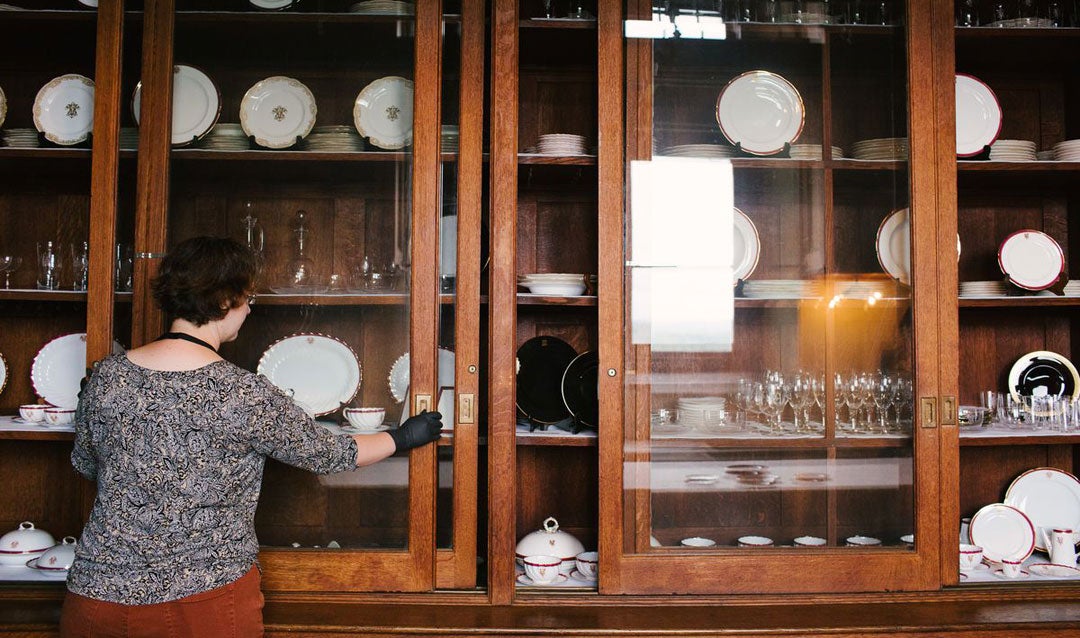
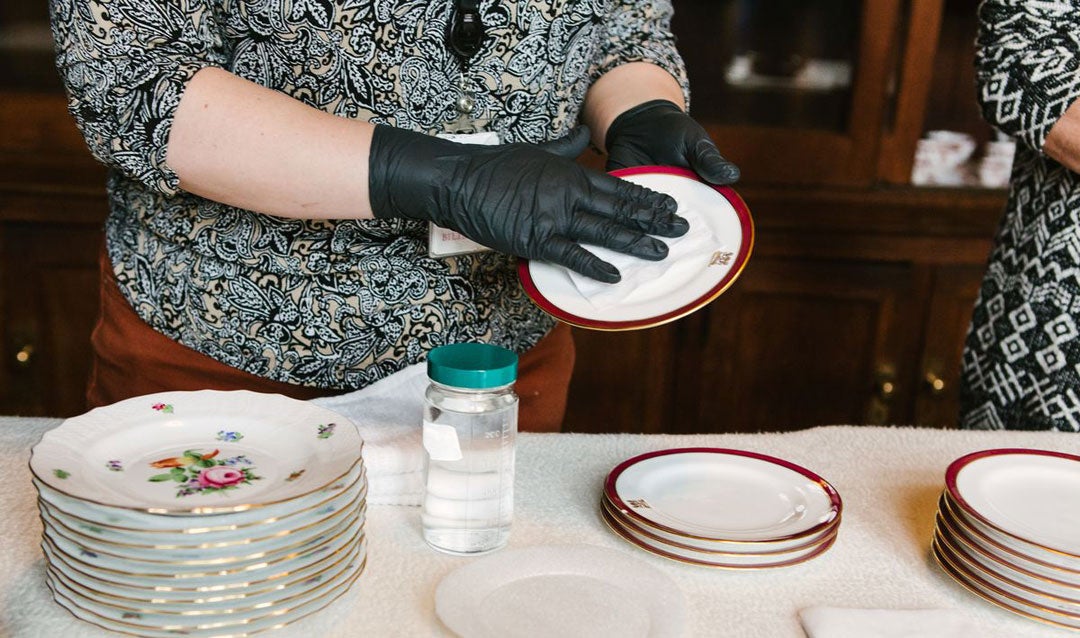
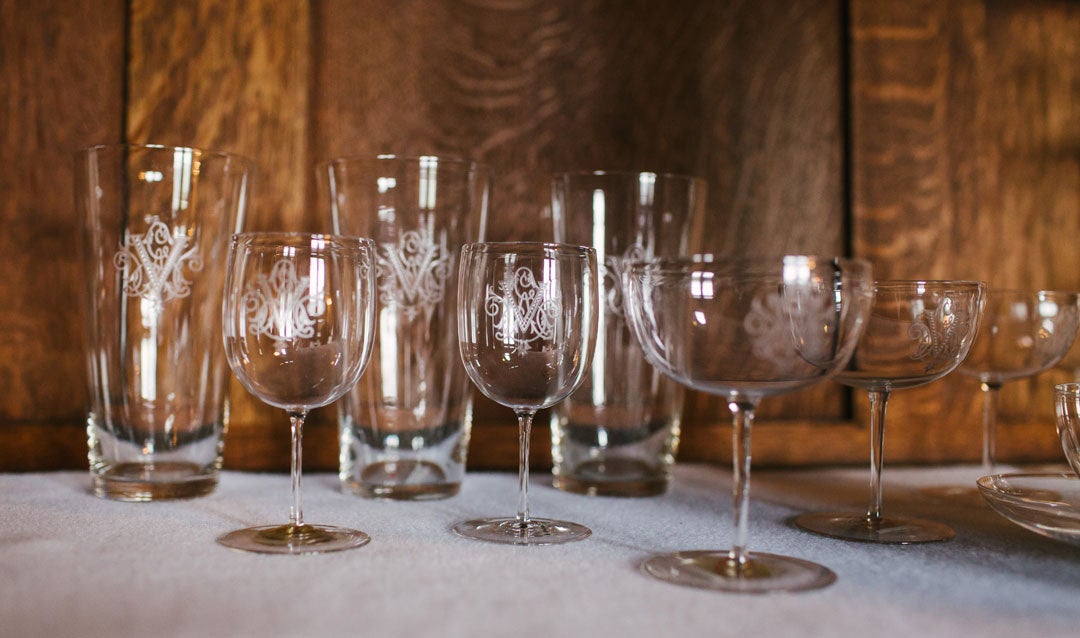
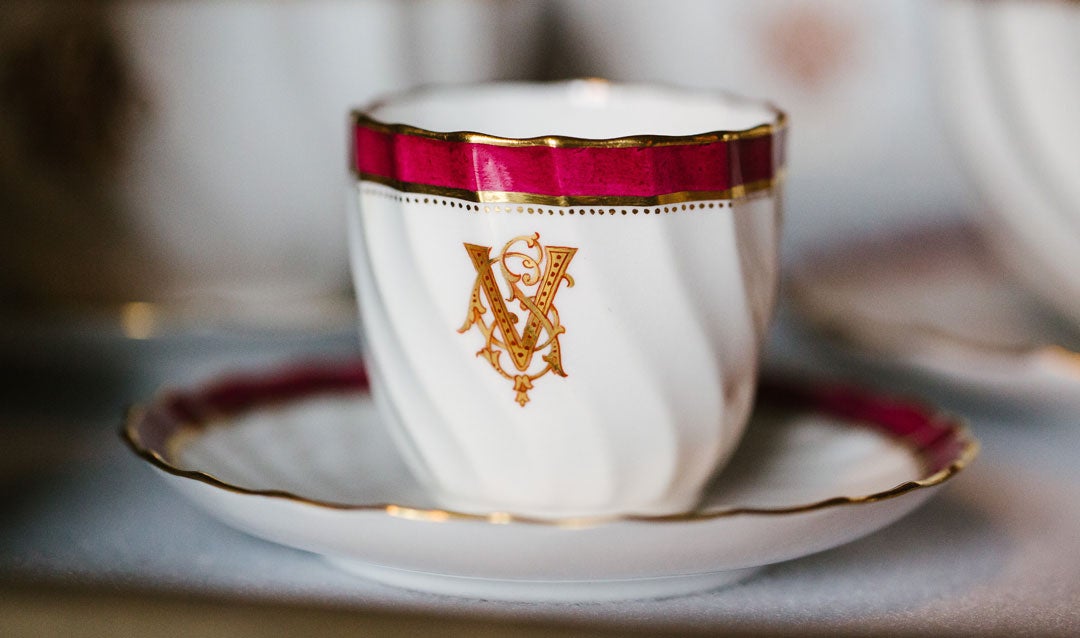
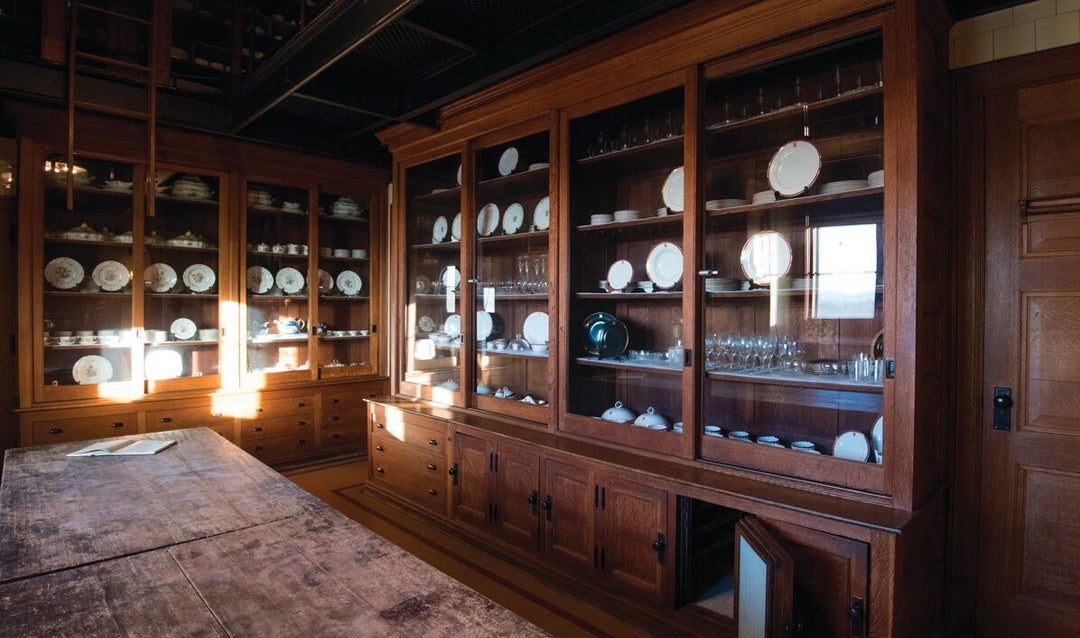



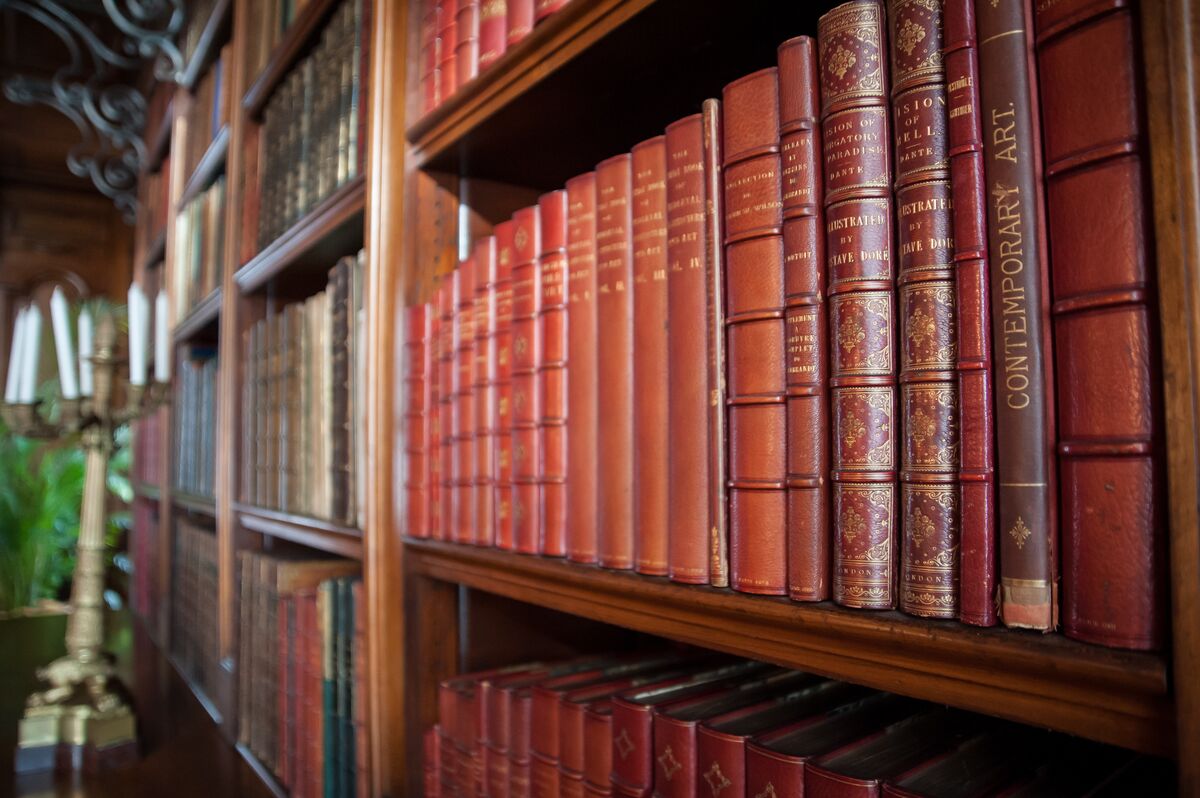
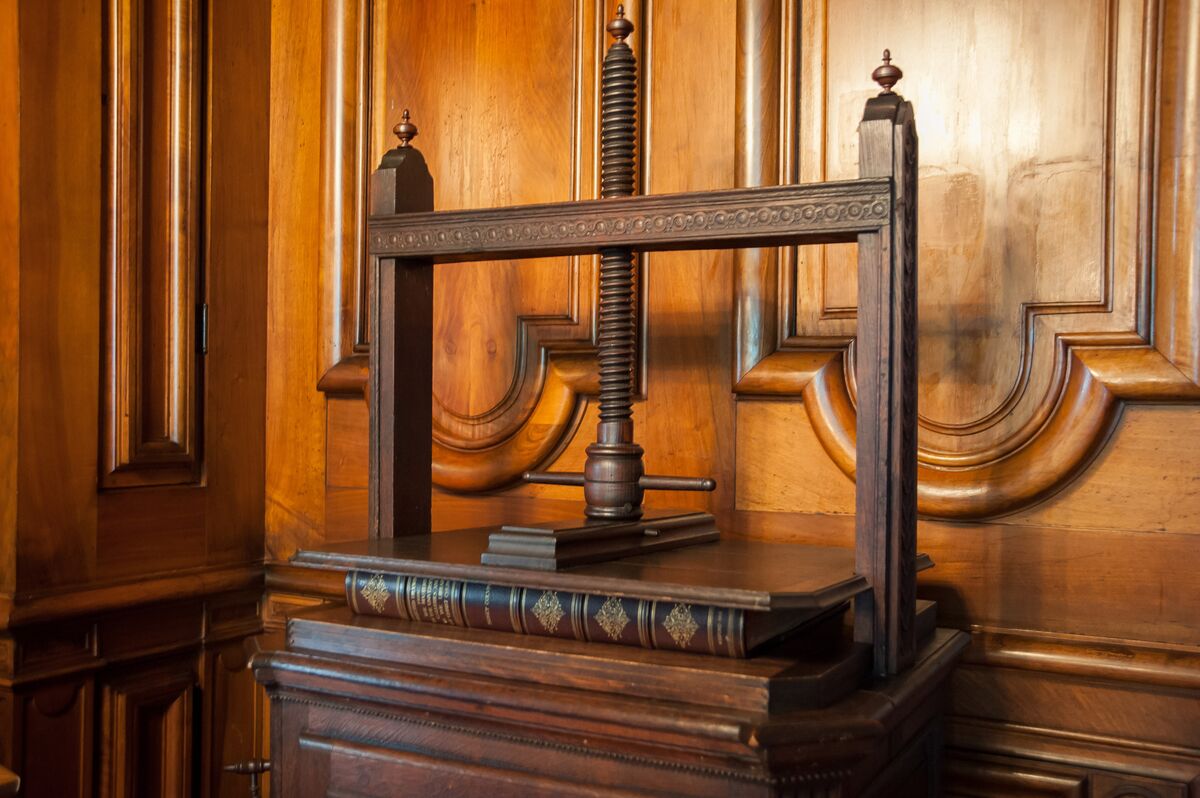
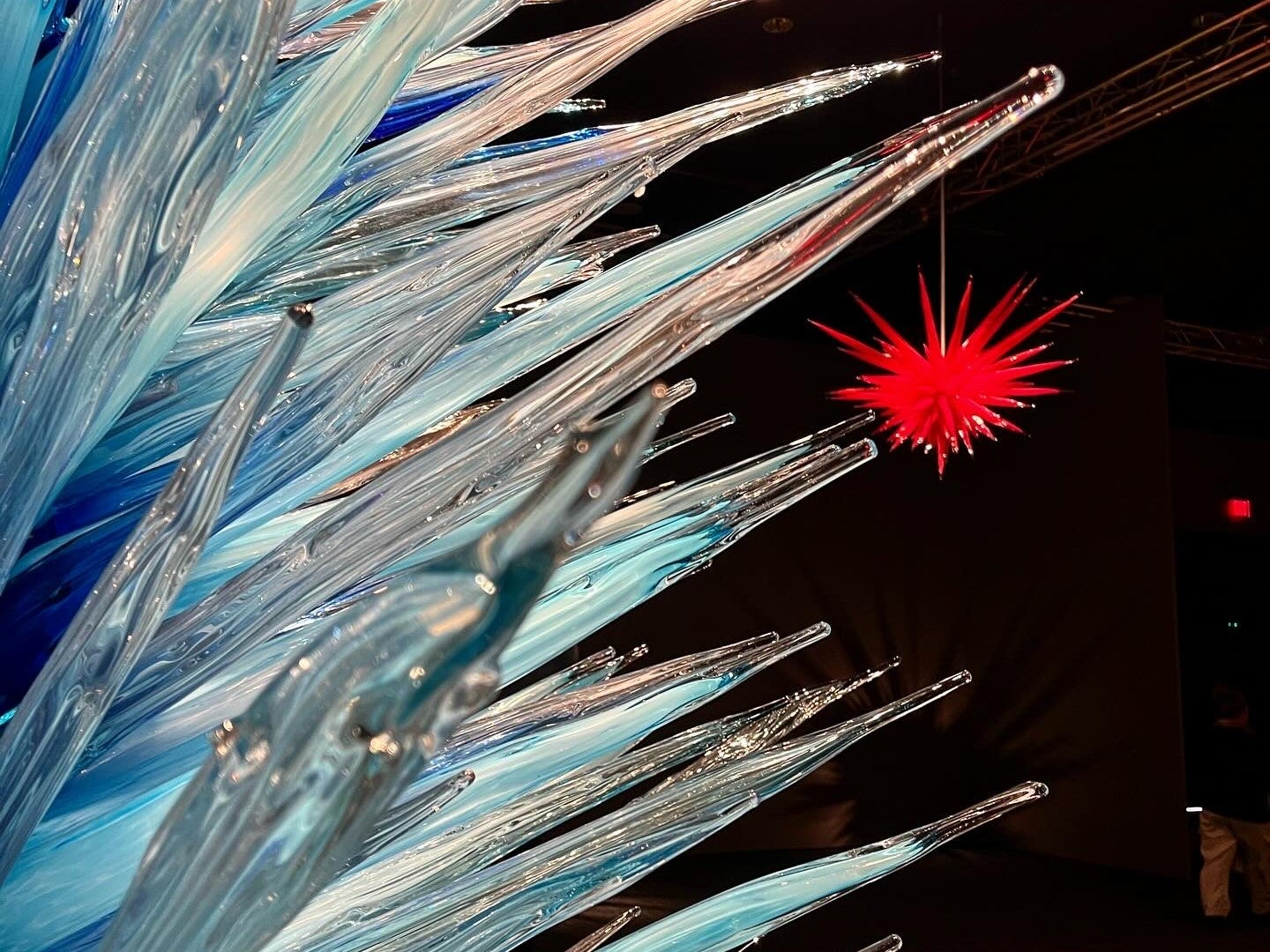
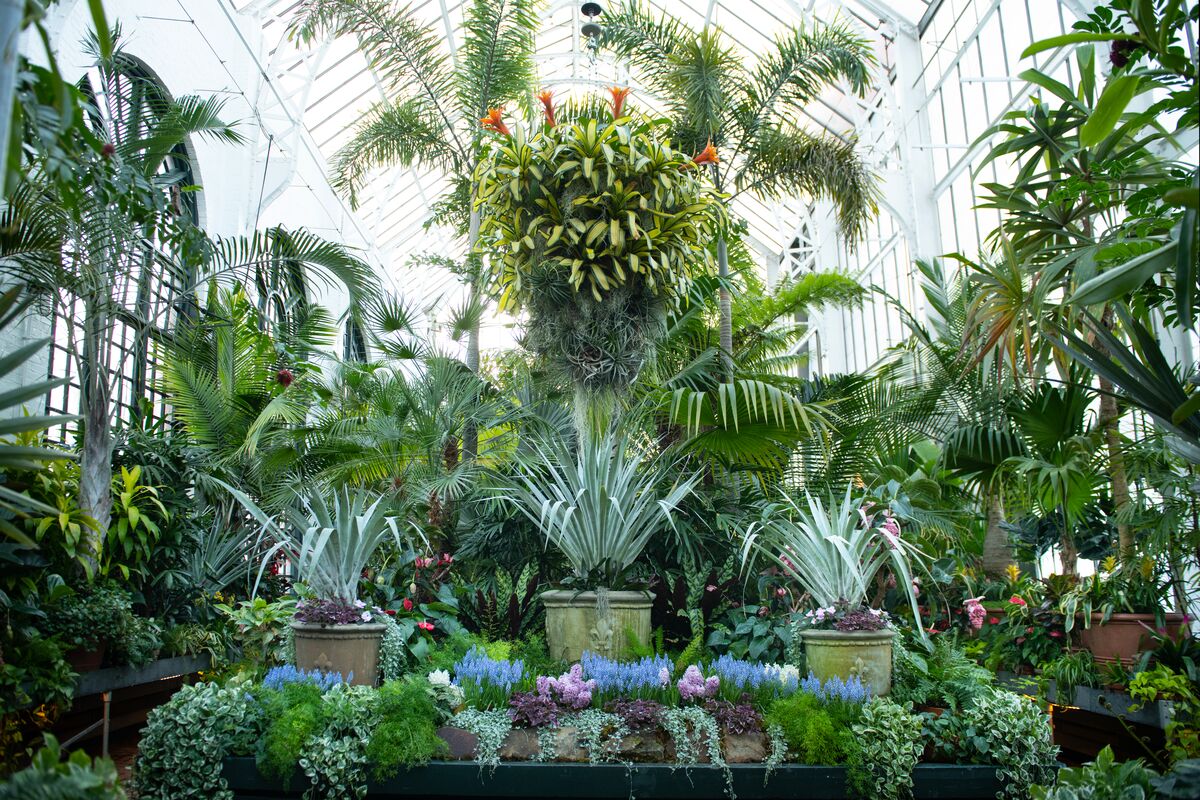
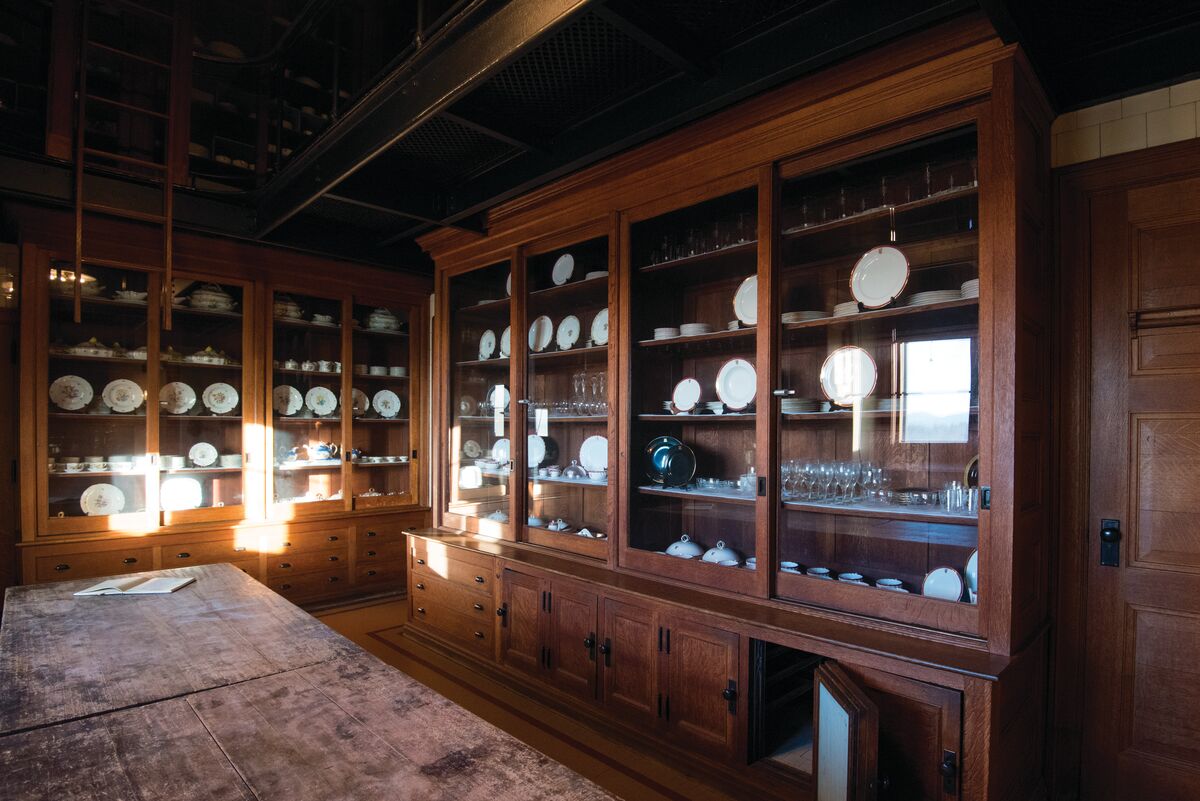
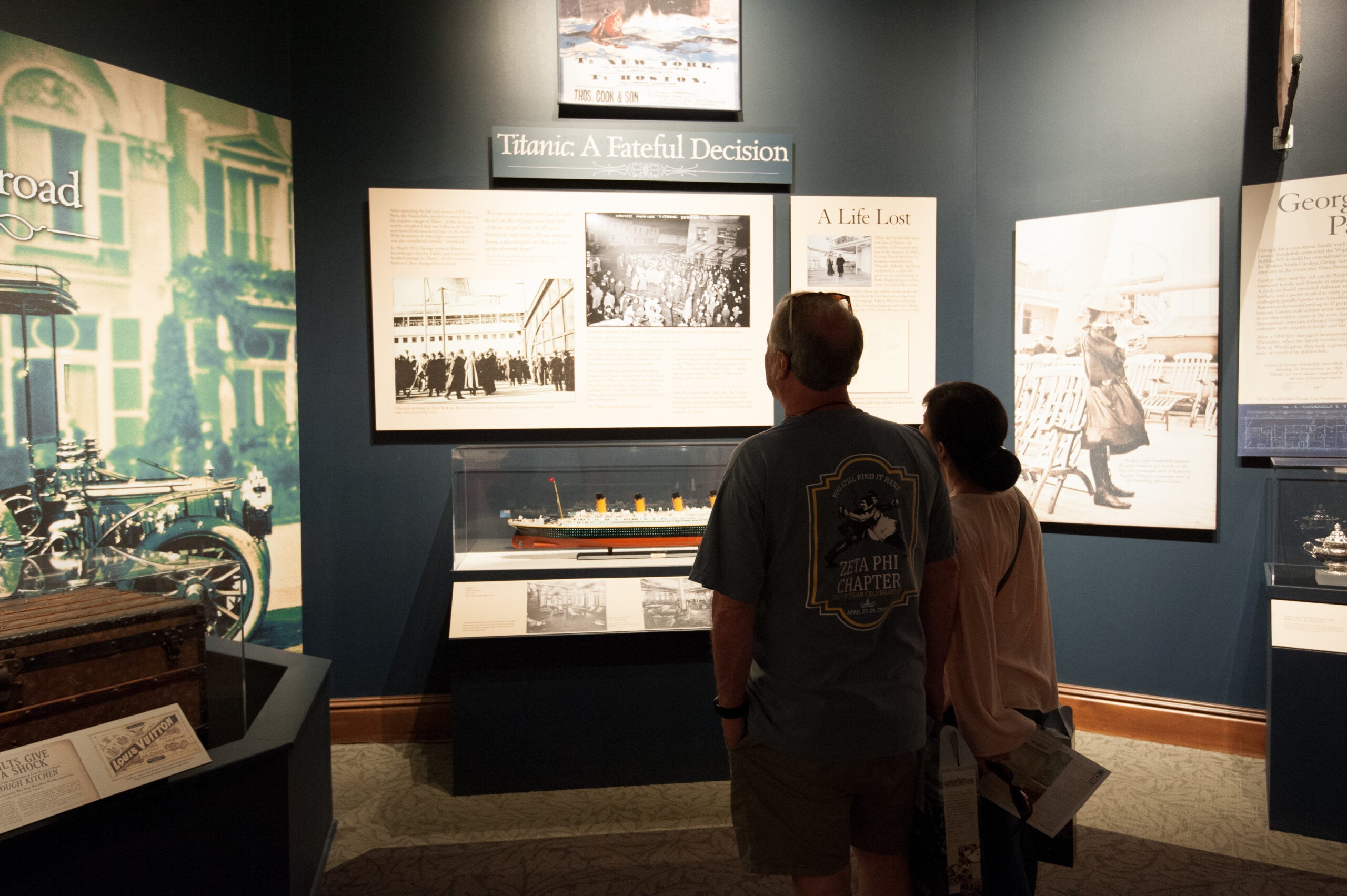
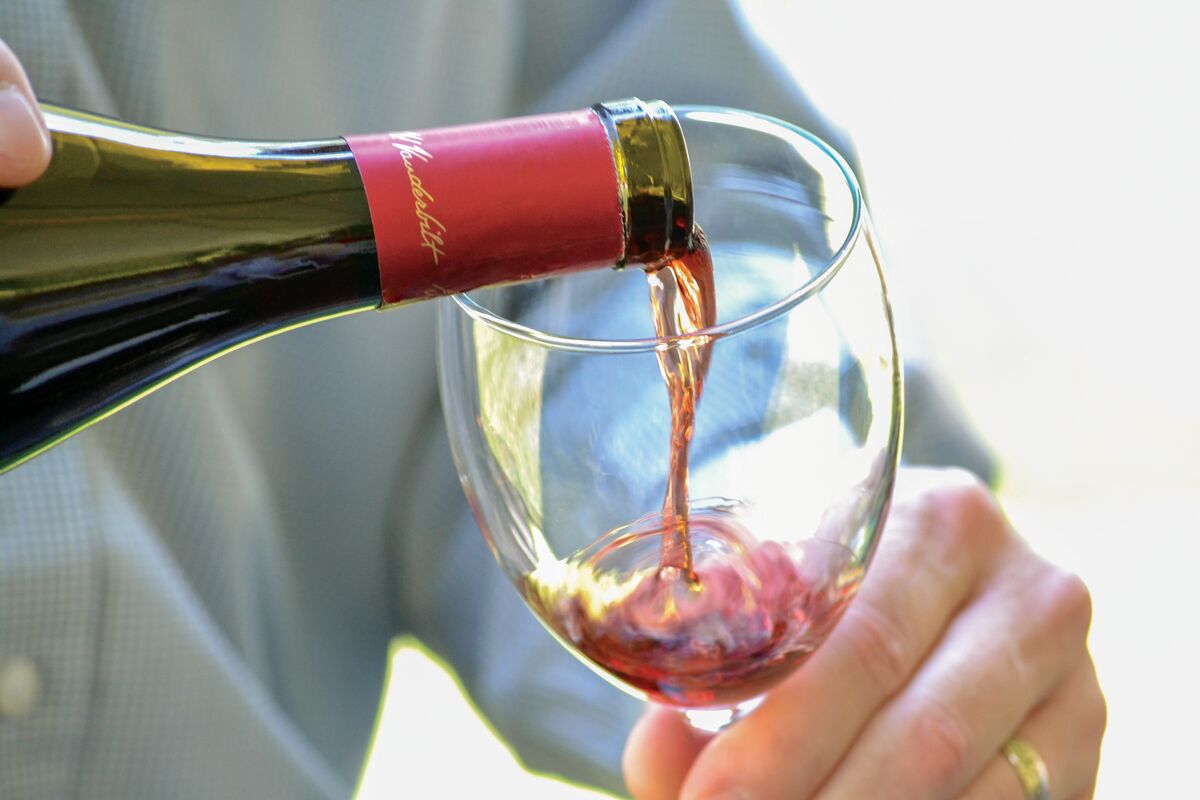
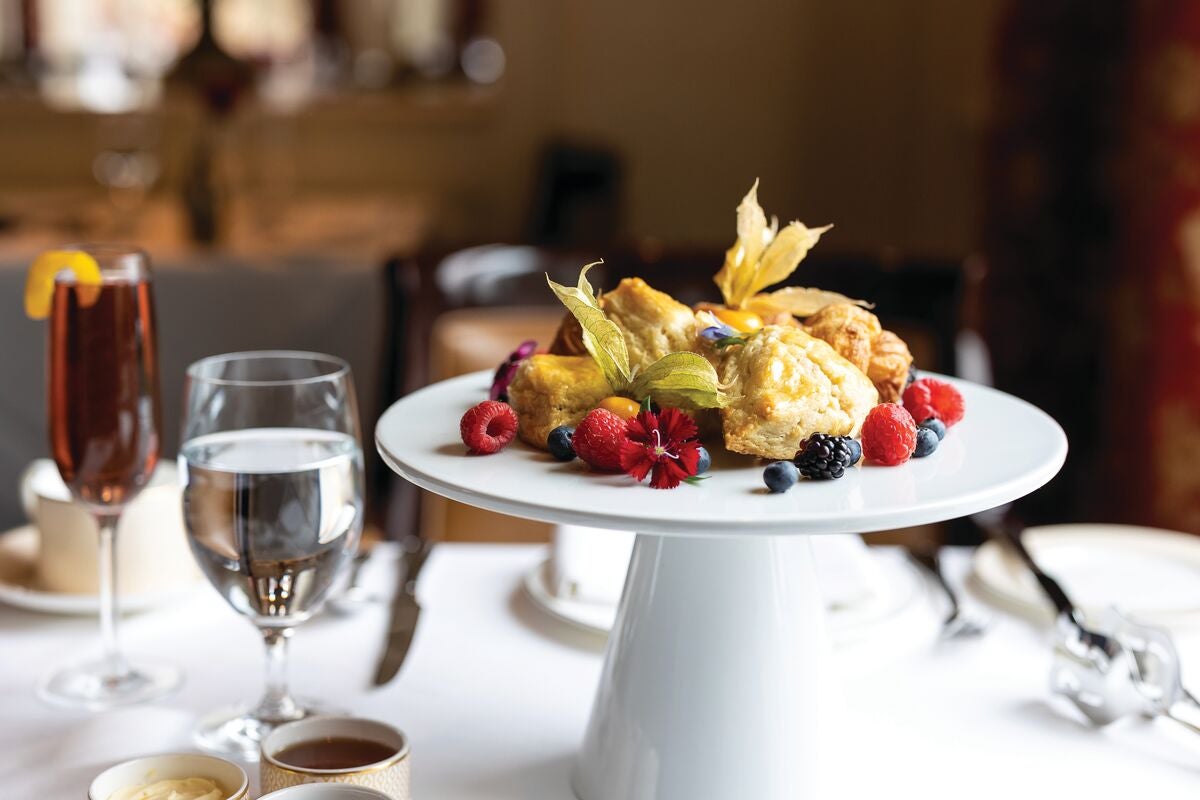
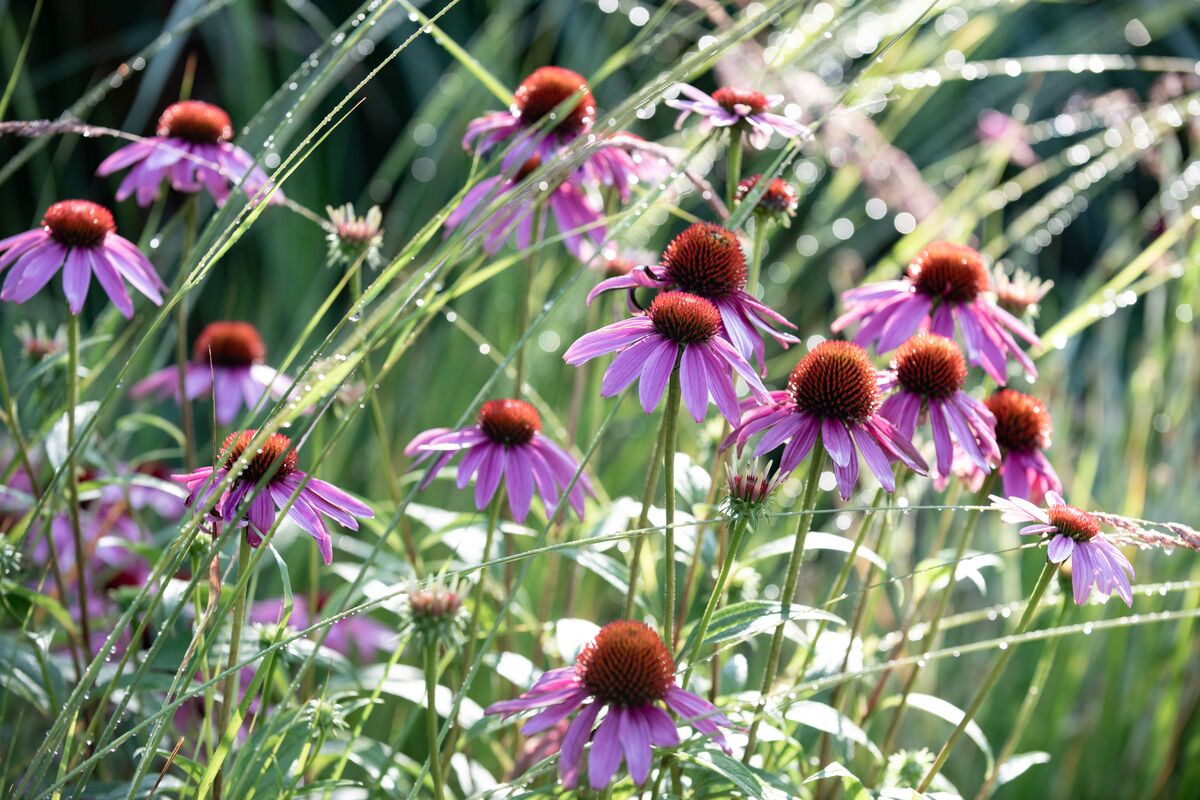
 “This is an accurate representation,” wrote the merchant. “It is the color of a speckled tortoise and is almost entirely covered with thick scales. It is the size of an elephant, but has shorter legs and is almost invulnerable. It has a strong pointed horn on the tip of its nose…” Although the letter wasn’t written to him, Dürer saw it, along with the sketch. He copied the drawing first in pen and ink; that rendering is now in the collection of the British Museum. Later, he made a woodblock print based on the drawing. Close inspection of the print reveals that it isn’t exactly accurate. There’s an extra horn (placed on its back) and the armored plates resemble those of an armadillos. There’s an extra plate hanging at the rhino’s throat. Although the original description did mention scales, real rhinos don’t have them. Dürer is believed to have made between 4,000-5,000 prints of the rhino, which made their way around Europe.
“This is an accurate representation,” wrote the merchant. “It is the color of a speckled tortoise and is almost entirely covered with thick scales. It is the size of an elephant, but has shorter legs and is almost invulnerable. It has a strong pointed horn on the tip of its nose…” Although the letter wasn’t written to him, Dürer saw it, along with the sketch. He copied the drawing first in pen and ink; that rendering is now in the collection of the British Museum. Later, he made a woodblock print based on the drawing. Close inspection of the print reveals that it isn’t exactly accurate. There’s an extra horn (placed on its back) and the armored plates resemble those of an armadillos. There’s an extra plate hanging at the rhino’s throat. Although the original description did mention scales, real rhinos don’t have them. Dürer is believed to have made between 4,000-5,000 prints of the rhino, which made their way around Europe. Road trip wine tips
Road trip wine tips